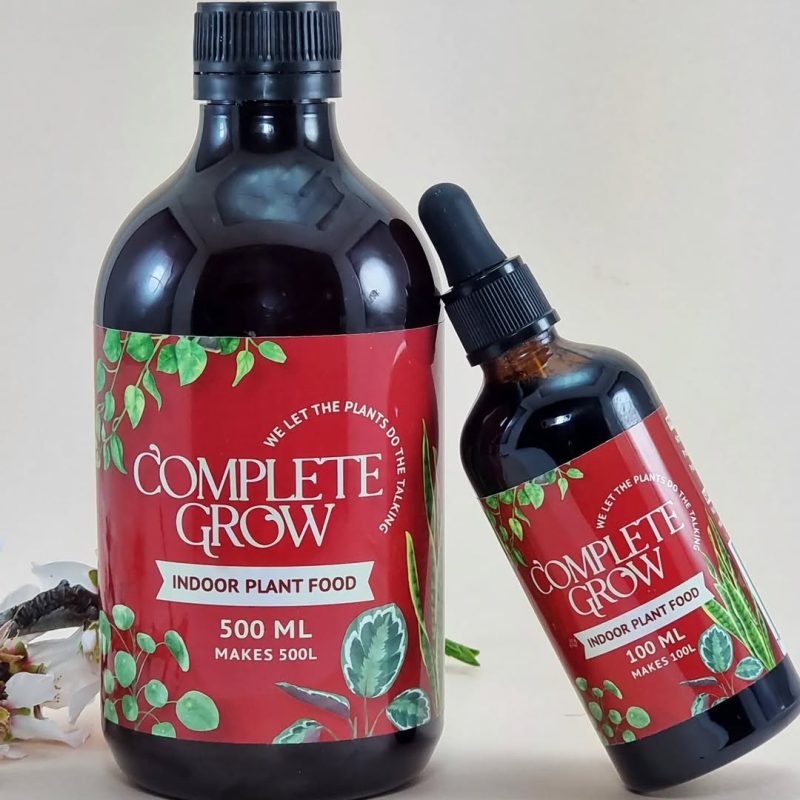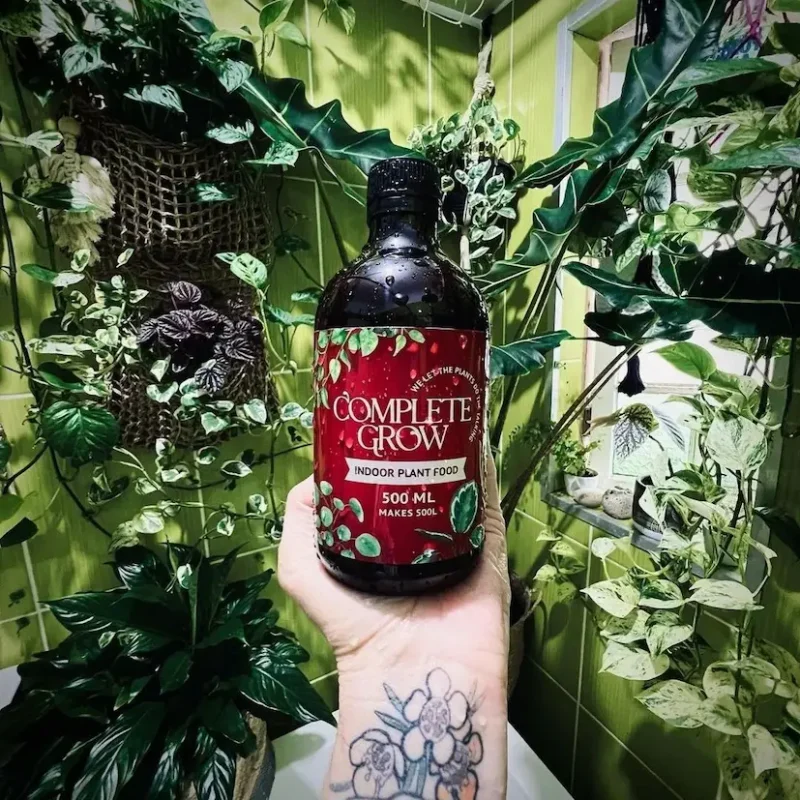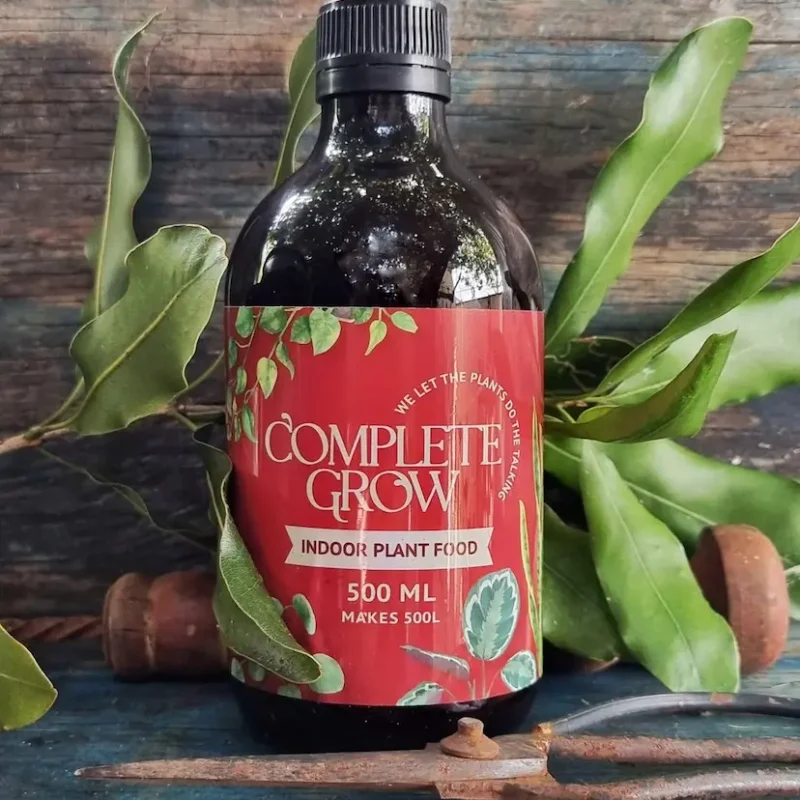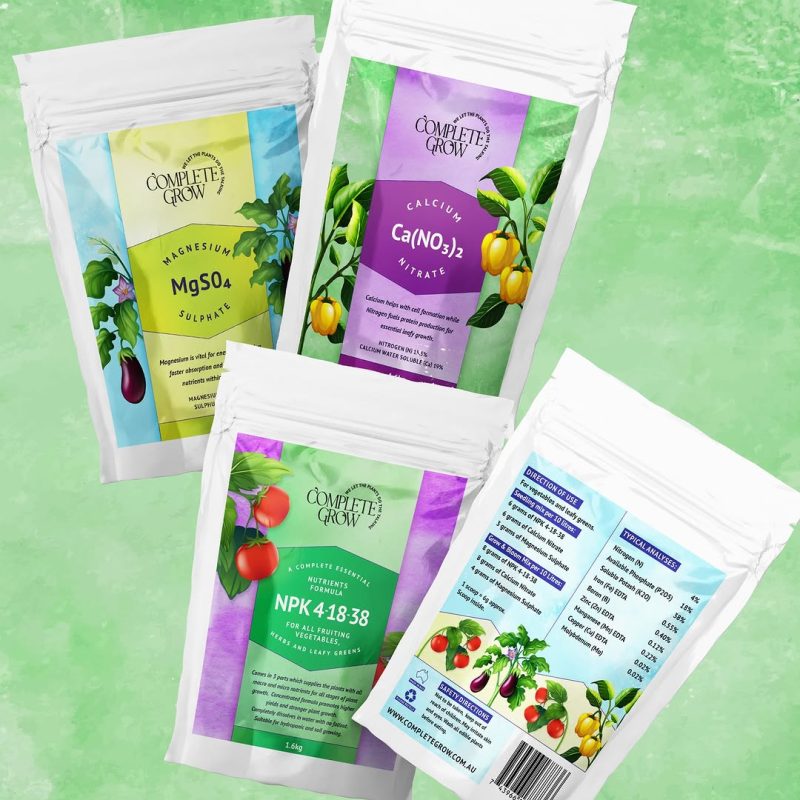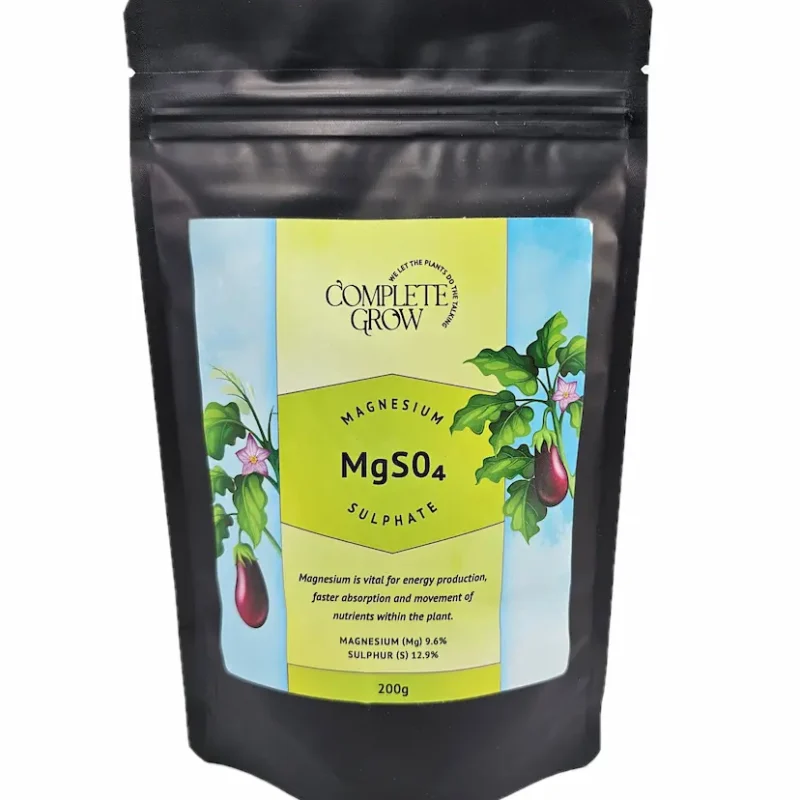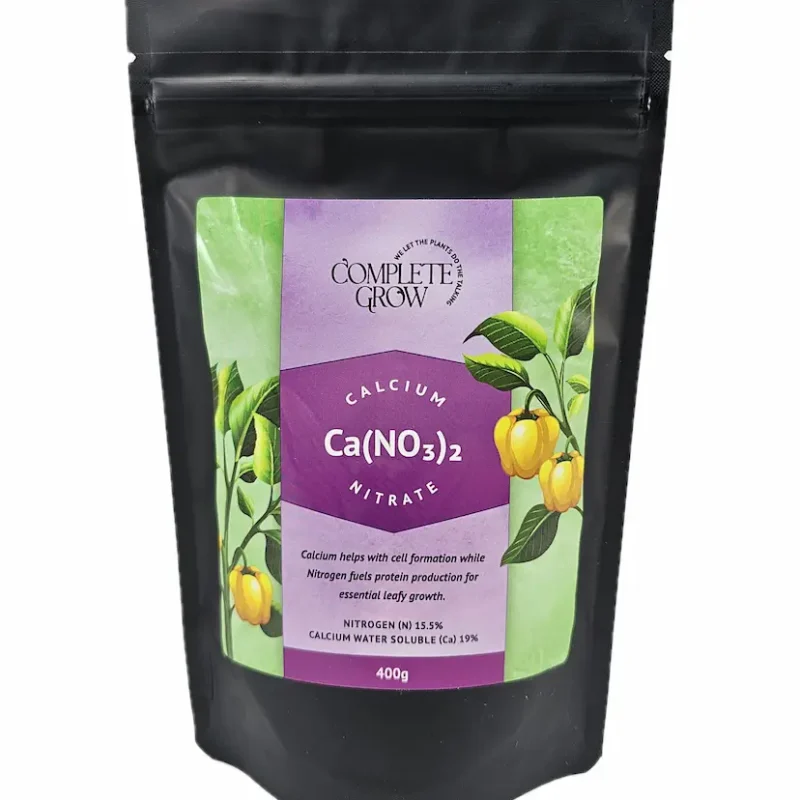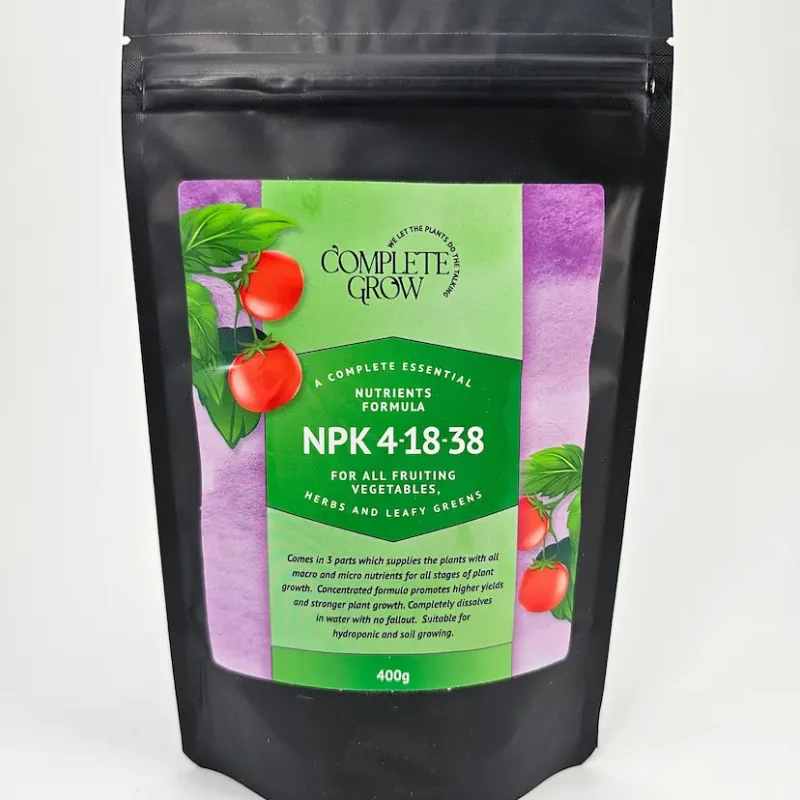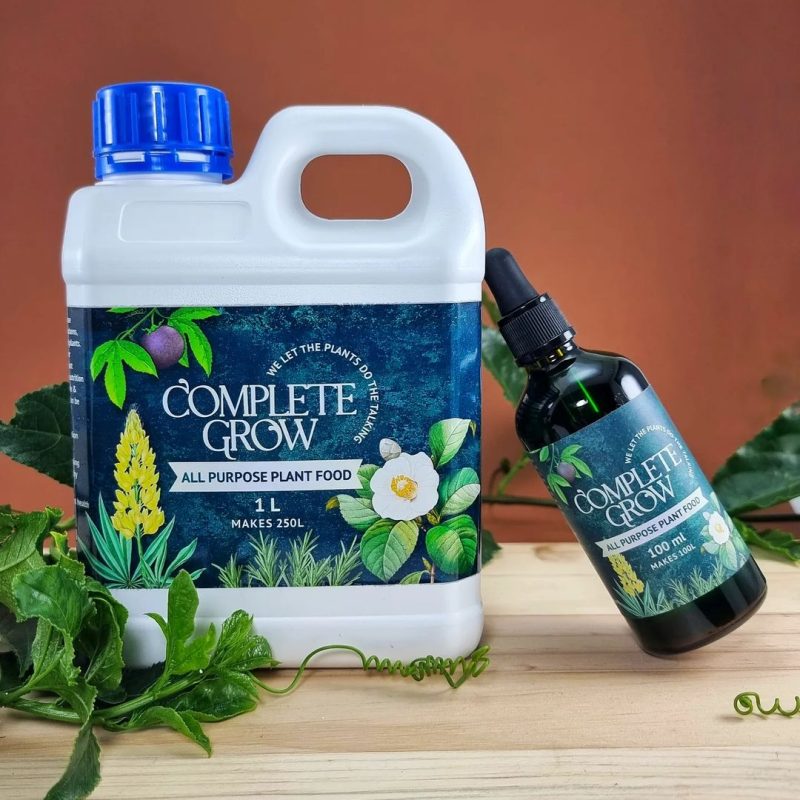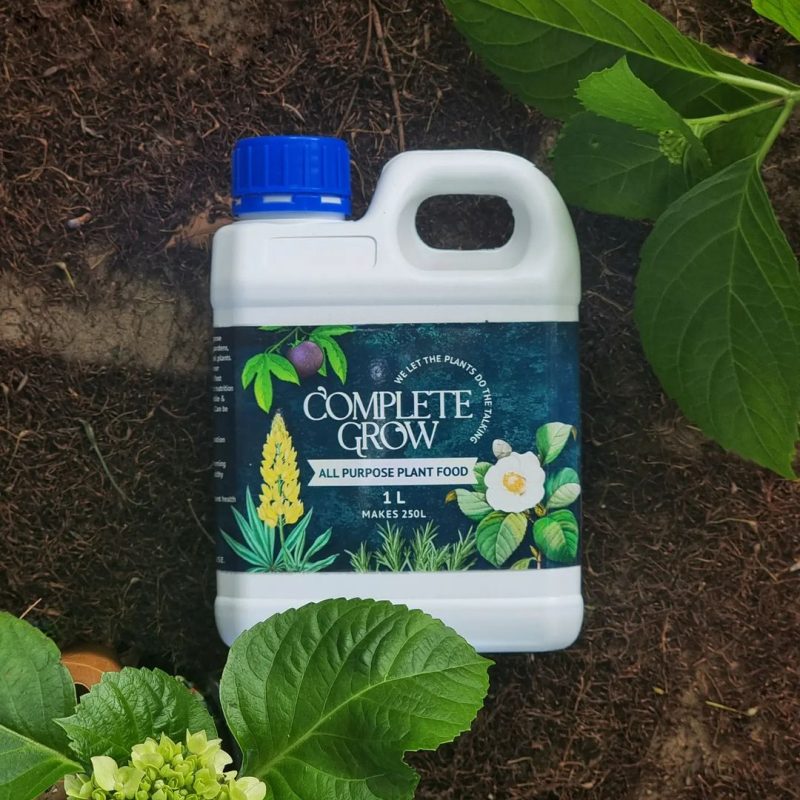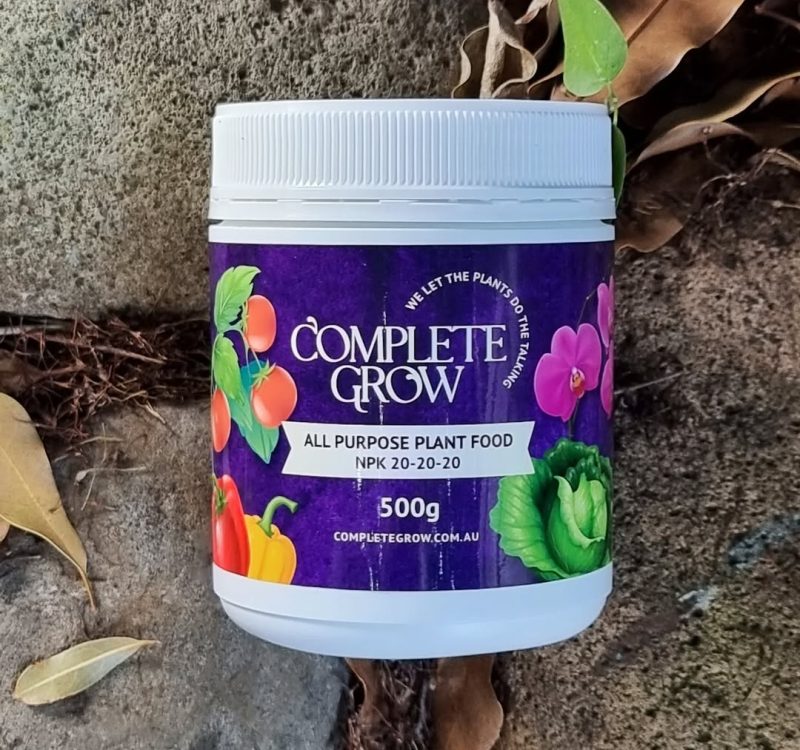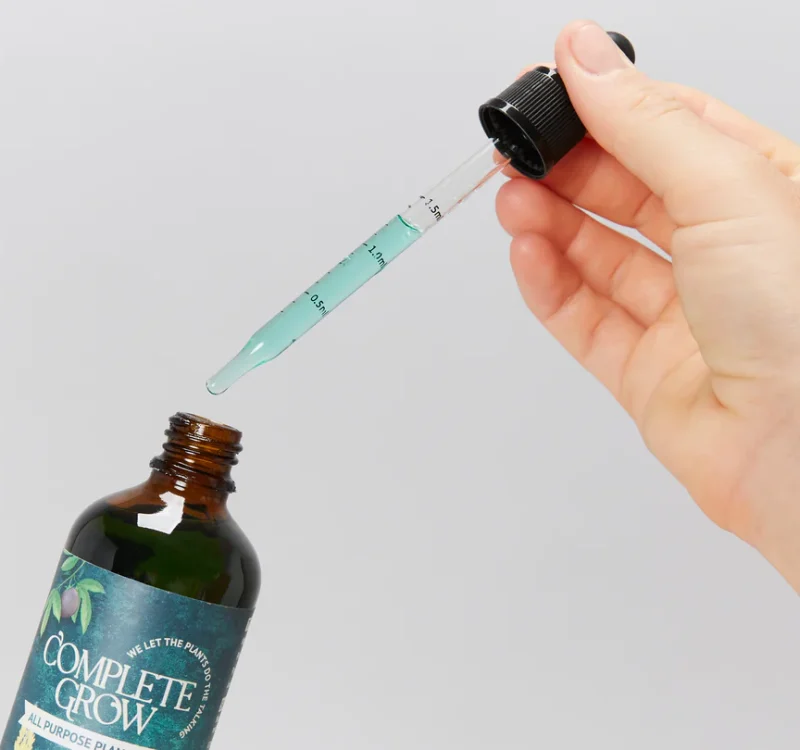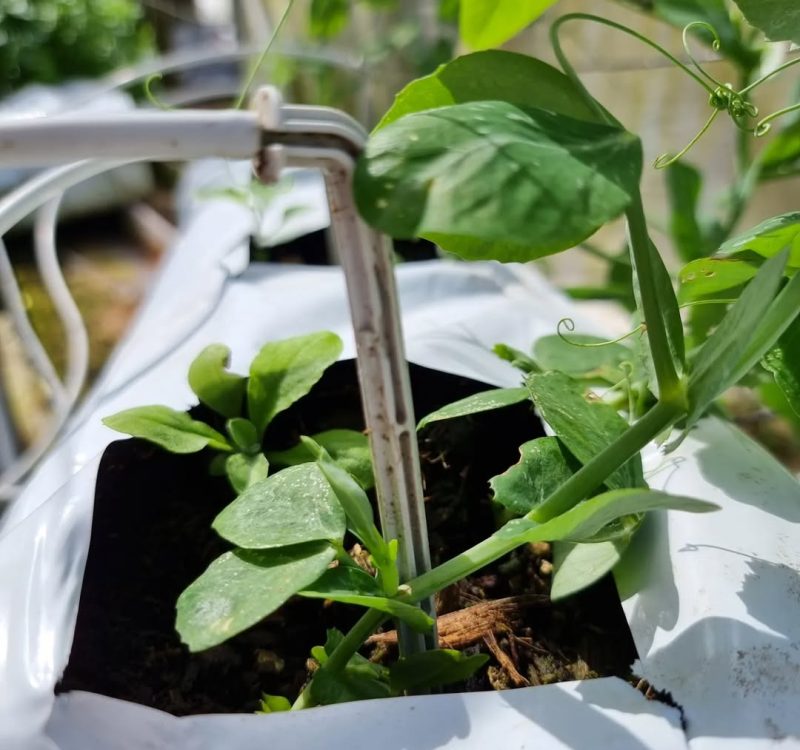lavender
Transform Your Garden into a Personal Paradise!
Lavender – Healthier Plants, More Blooms
Lavender is a sun-loving, drought-tolerant plant famous for its aromatic foliage and purple blooms. While it thrives in poor to moderately fertile soils, a light feeding routine with the right fertiliser can dramatically boost flowering, leaf colour, and plant strength — especially in pots or sandy soils.
The best fertiliser for lavender is one that is low in nitrogen (to prevent leggy growth), but rich in potassium to support flowering and resilience. Look for a blend with micronutrients to promote healthy root systems and strong stems.
Recommended from Complete Grow:
- Advanced Formula NPK 4-18-38 + Calcium & Magnesium:
Perfect for lavender’s flowering cycle. Low nitrogen prevents spindly growth, while high potassium supports bloom colour and plant durability. - NPK 20-20-20 All Purpose Liquid Fertiliser:
Suitable for mixed plantings, including magnolias and lavenders. Use at half-strength for lavender to avoid excess nitrogen.
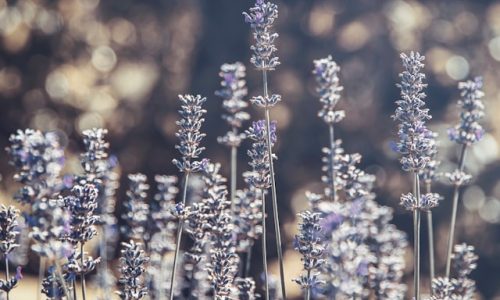
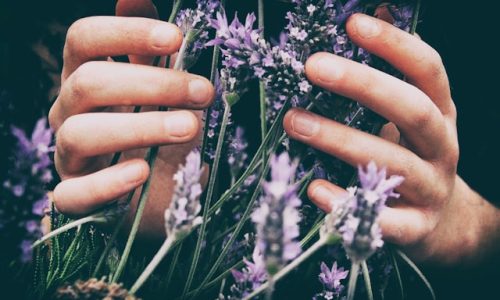
How & When to Fertilise Lavender (In Pots or Garden Beds)
Lavender needs far less fertiliser than heavy feeders like tomatoes or citrus. In fact, too much nitrogen will reduce flowering and cause floppy growth. The key is light, infrequent feeding during active growth periods.
When to Feed Lavender in Australia
- Early Spring (Sept–Oct): Apply a low-nitrogen fertiliser when new shoots appear.
- Late Spring to Mid Summer: Feed once more during peak flowering to sustain blooms.
- Autumn and Winter: Avoid feeding — lavender goes dormant and fertiliser won’t be absorbed effectively.
Feeding Lavender in Pots vs Ground
- Potted lavender: Fertilise every 3–4 weeks using a diluted mix of Complete Grow 4-18-38.
- In garden beds: Feed lightly once or twice per season. Too much fertiliser can disrupt natural growth rhythms.
Always water after fertilising and avoid feeding during extreme heat or wet weather. For best results, combine with a well-draining potting mix or sandy soil base.
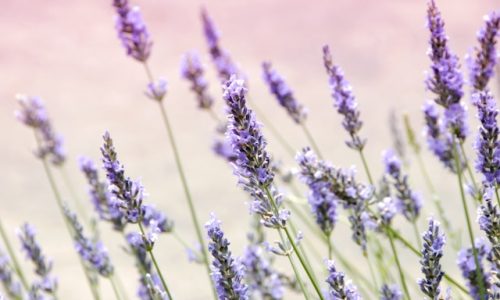
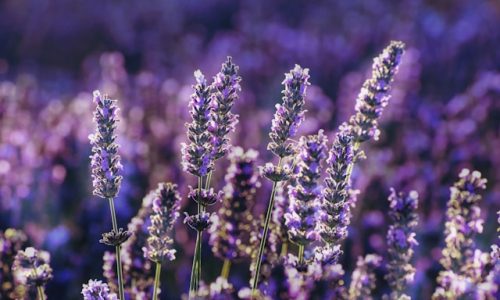
Common Lavender Fertiliser Mistakes (and How to Avoid Them)
1. Using High-Nitrogen Fertilisers
Lavender doesn’t need leafy growth — it needs flowers. Fertilisers like lawn feed or high-NPK blends (e.g., 30-10-10) encourage excessive leafiness and reduce flowering. Stick to low-nitrogen, high-potassium options like Complete Grow 4-18-38.
2. Feeding Too Frequently
Lavender is adapted to nutrient-poor soils. Feeding every week can cause soft, leggy growth and reduce essential oil concentration. Feed just twice per growing season if planted in the ground, and once a month for potted lavender.
3. Not Adding Calcium or Magnesium
Lavender thrives in alkaline, mineral-rich soil. Deficiencies in magnesium or calcium can result in weak stems, yellowing leaves, and poor flower structure. That’s why Complete Grow’s Advanced Formula includes these key nutrients — especially useful for container-grown plants.
Want more blooms, better scent, and a stronger lavender plant? Use a fertiliser made for flowering species — like Complete Grow’s 4-18-38 or All Purpose 20-20-20 (at half strength) — and feed only when needed. Less is more with lavender!
Recommended Products
- Quick View
- Select options This product has multiple variants. The options may be chosen on the product page
- Quick View
- Select options This product has multiple variants. The options may be chosen on the product page
- Quick View
- Select options This product has multiple variants. The options may be chosen on the product page


